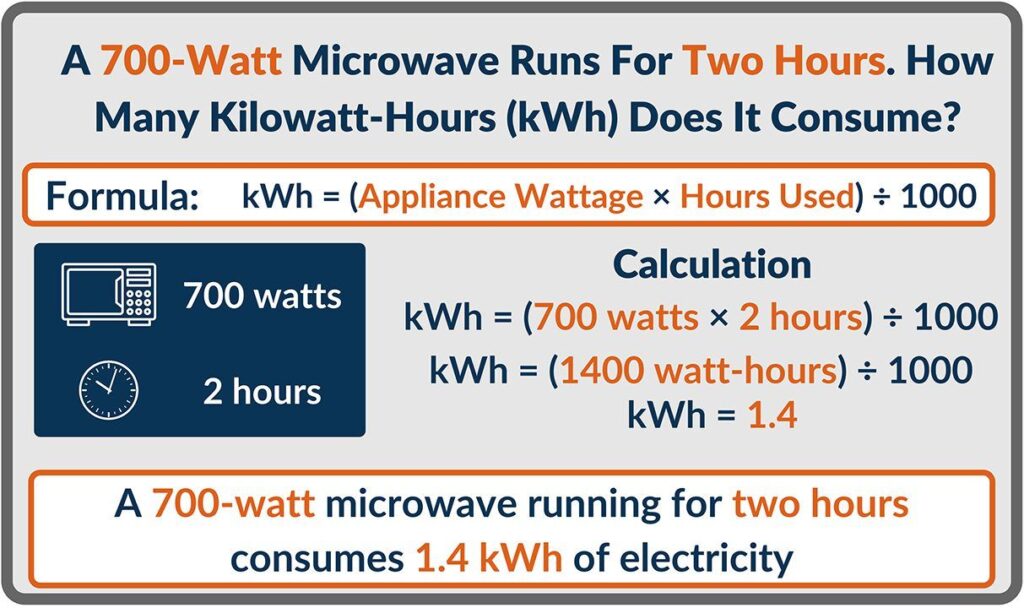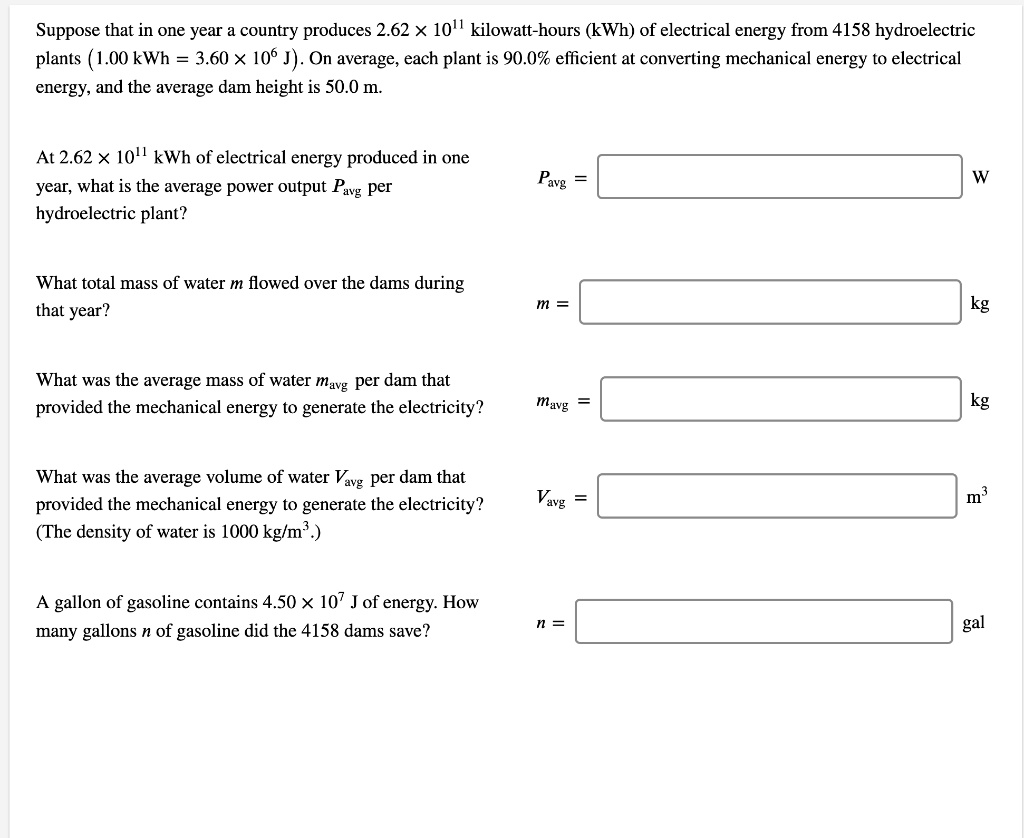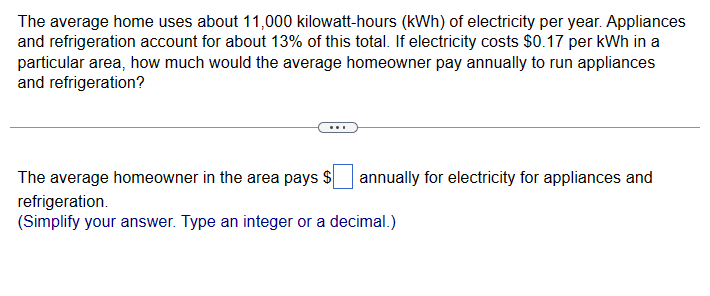Factors Influencing Average KWh Usage
The average kilowatt-hour (kWh) usage of a 4-bedroom house can vary significantly based on a number of factors. Understanding these factors is crucial for homeowners to make informed decisions about their energy consumption and potentially reduce their electricity bills.
Household Size
The number of people living in a house directly affects electricity consumption. Larger families typically use more energy due to increased usage of appliances, lighting, and heating/cooling systems. For example, a family of five might use more electricity for cooking, laundry, and hot water than a single person living alone.
Typical KWh Consumption Ranges

The average monthly KWh usage for a 4-bedroom house can vary significantly depending on several factors, including location, climate, household size, and energy efficiency. Here’s a breakdown of typical KWh consumption ranges and the factors that contribute to variations.
Average KWh Usage by Location
The following table Artikels the average monthly KWh usage for a 4-bedroom house based on different geographic locations in the United States.
| Location | Average KWh Usage (per month) |
|---|---|
| Northeast | 1,200 – 1,800 KWh |
| Midwest | 1,000 – 1,600 KWh |
| South | 1,400 – 2,000 KWh |
| West | 1,100 – 1,700 KWh |
Factors Influencing KWh Usage Within a Location
Several factors can influence the KWh usage within a specific location, even for homes with similar characteristics. These factors include:
- Climate: Homes in areas with extreme temperatures (hot summers or cold winters) will generally use more energy for heating and cooling. For example, a house in Phoenix, Arizona, will likely consume more energy for air conditioning than a house in Seattle, Washington.
- Home Size and Insulation: Larger homes with poor insulation will require more energy to maintain a comfortable temperature. For example, a 4-bedroom house with outdated insulation will consume more energy than a similar house with modern insulation.
- Appliance Usage: The number and type of appliances used in a household can significantly impact energy consumption. For example, a household with multiple large appliances, such as a refrigerator, washing machine, and dryer, will likely use more energy than a household with fewer appliances.
- Occupant Behavior: Energy consumption can be influenced by occupant behavior, such as leaving lights on, running appliances unnecessarily, or not using energy-efficient practices. For example, a family that leaves lights on in unoccupied rooms will consume more energy than a family that turns off lights when leaving a room.
KWh Consumption in Urban vs. Rural Settings, Average kwh usage per month 4 bedroom house
Generally, 4-bedroom houses in urban settings tend to have lower average KWh consumption than those in rural settings. This difference is primarily attributed to factors such as:
- Building Codes and Regulations: Urban areas often have stricter building codes and regulations that promote energy efficiency, resulting in homes with better insulation and energy-efficient appliances.
- Accessibility to Public Transportation: Residents in urban areas often have easier access to public transportation, reducing their reliance on personal vehicles and lowering transportation-related energy consumption.
- Density and Shared Resources: The higher density of urban areas allows for the sharing of resources, such as heating and cooling systems, which can lead to lower individual energy consumption.
Average KWh Usage for Different House Types
The average KWh usage can vary depending on the type of 4-bedroom house:
- Single-family homes: These homes typically have the highest average KWh usage due to their larger size and greater reliance on individual energy systems. For example, a 4-bedroom single-family home in the suburbs may consume around 1,500 – 2,000 KWh per month.
- Townhouses: Townhouses generally have lower average KWh usage than single-family homes because they share some walls and utilities with neighboring units. For example, a 4-bedroom townhouse may consume around 1,200 – 1,800 KWh per month.
- Apartments: Apartments typically have the lowest average KWh usage among the three types due to their smaller size and shared utilities. For example, a 4-bedroom apartment in a multi-unit building may consume around 1,000 – 1,500 KWh per month.
Strategies for Reducing KWh Consumption: Average Kwh Usage Per Month 4 Bedroom House

Reducing your home’s energy consumption can significantly lower your electricity bill and contribute to a greener environment. By adopting energy-saving strategies, you can optimize appliance usage, improve insulation, and implement other efficient practices to minimize your KWh usage.
Energy-Saving Tips and Techniques
Implementing energy-saving techniques throughout your 4-bedroom house can make a significant difference in your electricity consumption.
- Turn off lights when leaving a room: This simple habit can save a considerable amount of energy. Use timers or motion sensors for lights in infrequently used areas.
- Unplug electronic devices when not in use: Even when turned off, devices like phone chargers, TVs, and computers draw phantom power. Using smart power strips can automate this process.
- Use energy-efficient appliances: Look for appliances with the Energy Star label, which indicates they meet specific energy efficiency standards.
- Install a programmable thermostat: A programmable thermostat can automatically adjust your heating and cooling system based on your schedule, minimizing energy waste during unoccupied hours.
- Seal air leaks: Inspect your windows, doors, and attic for air leaks. Seal them with weather stripping, caulk, or foam insulation to prevent heat loss in winter and cool air loss in summer.
- Install low-flow showerheads and faucets: These fixtures can significantly reduce water consumption and, therefore, the energy required for heating water.
- Wash clothes in cold water and air dry them: Most clothes can be washed in cold water, and air drying them eliminates the energy required for a dryer.
- Use natural light: Maximize the use of natural light by opening curtains and blinds during the day, reducing the need for artificial lighting.
- Plant trees strategically: Trees can provide shade in summer, reducing the need for air conditioning, and windbreaks in winter, minimizing heat loss.
- Use ceiling fans: Ceiling fans can help circulate air and create a more comfortable environment, reducing the need for air conditioning or heating.
Optimizing Appliance Usage
Appliances account for a significant portion of household energy consumption. Optimizing their usage can lead to substantial savings.
- Wash full loads of laundry: Washing smaller loads wastes energy and water. Wait until you have a full load before running the washing machine.
- Use the dishwasher’s energy-saving settings: Most dishwashers have an energy-saving setting that uses less water and energy. Use this setting whenever possible.
- Run the dishwasher at night: Running the dishwasher at night can take advantage of lower electricity rates offered by some utilities during off-peak hours.
- Avoid preheating the oven: Most recipes don’t require preheating the oven. Check the recipe instructions to see if preheating is necessary.
- Use the microwave for small meals: Microwaves use significantly less energy than ovens, so use them for small meals or reheating.
- Cook multiple dishes at once: When using the oven, cook multiple dishes at the same time to take advantage of the heat already generated.
- Defrost food in the refrigerator: Defrosting food in the refrigerator instead of using the microwave or oven saves energy.
Energy-Efficient Upgrades
Implementing energy-efficient upgrades in your 4-bedroom house can significantly reduce your long-term energy consumption and save you money on your electricity bills.
- Upgrade to energy-efficient windows: Energy-efficient windows have multiple panes of glass and special coatings that reduce heat loss in winter and heat gain in summer.
- Install attic insulation: Proper attic insulation prevents heat loss in winter and heat gain in summer, significantly improving your home’s energy efficiency.
- Upgrade to a high-efficiency HVAC system: High-efficiency HVAC systems use less energy to heat and cool your home, resulting in lower energy bills.
- Install solar panels: Solar panels can generate electricity from sunlight, reducing your reliance on the grid and lowering your energy bills.
- Upgrade to LED lighting: LED bulbs use significantly less energy than traditional incandescent bulbs, resulting in significant savings on your electricity bill.
Understanding and Interpreting Energy Bills
Understanding your energy bills can help you identify areas where you can reduce your consumption and save money.
- Review your billing cycle: Your energy bill will show the period covered by the billing cycle. This helps you track your consumption over time.
- Identify your usage breakdown: Your bill should provide a breakdown of your energy usage by appliance or category. This helps you understand where you’re using the most energy.
- Compare your usage to previous months: Comparing your current usage to previous months can help you identify any significant changes in your consumption.
- Look for energy-saving programs: Many utilities offer energy-saving programs and rebates for upgrading to energy-efficient appliances or implementing other energy-saving measures.
- Track your progress: Keep track of your energy usage over time to monitor the effectiveness of your energy-saving efforts and identify areas where you can further reduce your consumption.
Average kwh usage per month 4 bedroom house – Figuring out your average KWh usage for a 4-bedroom house is like trying to catch a wave in Bali – it all depends on your lifestyle. If you’re thinking of going big with a 4 bedroom duplex house , remember that you’ll need to factor in double the space, which means double the energy consumption.
But hey, who’s complaining about a little extra chill time with the AC cranked up?
So you’re thinking about building a 4-bedroom house? Pretty rad! You’ll want to consider the size, and maybe check out some 4 bedroom house plans 1700 sq ft for some inspiration. A 1700 sq ft home is pretty spacious, and that means you’ll need to think about your average kwh usage per month, especially if you’re planning on using a lot of AC.
Just something to keep in mind as you’re planning your dream pad!
